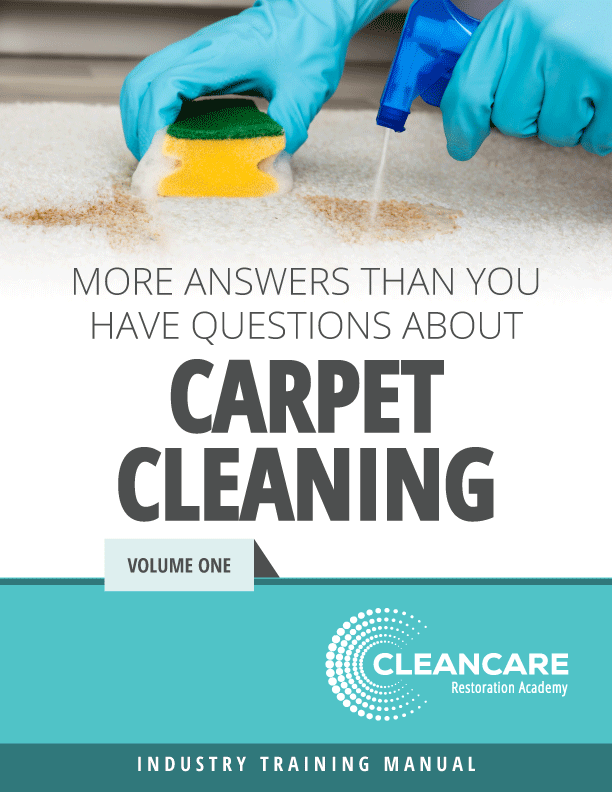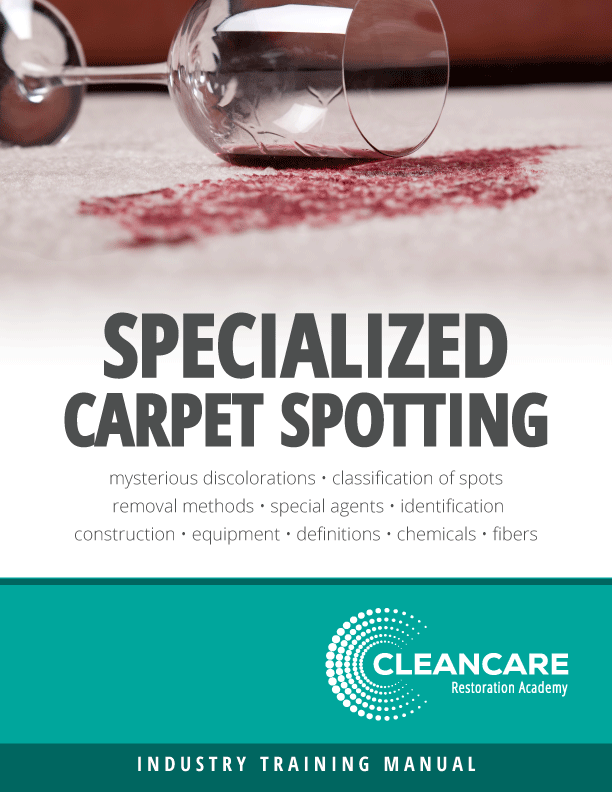NEW YORK, May 15 /PRNewswire/ -- Seattle's best-known landmark and popular tourist attraction is due for a bath. Now, thanks to Karcher GmbH & Co. KG, the Space Needle, which hasn't received a professional cleaning since its 1962 World's Fair opening, is expected to be squeaky clean in five to eight weeks' time, assuming Seattle's weather cooperates.
"We are thrilled that Karcher has generously decided to lend us their environmentally friendly and highly respected services," said Peter Beck, acting CEO at the Space Needle, LLC. "The Space Needle is an important icon and is recognized around the world as a symbol of Seattle -- we are excited to make it shine!"
Karcher, which cleaned Mount Rushmore in 2005, is donating its services in the "green cleaning" of the Space Needle, which opened in 1962 and receives 1.3 million visitors per year. The German-based company's first high-profile cleaning project was the Statue of Christ in Rio de Janeiro in 1980. In 1985, Karcher made its initial foray into the U.S., working with the restoration team at the Statue of Liberty to clean the granite base of the statue with high-pressure washers.
The ecologically friendly cleaning method Karcher developed for Mount Rushmore will also be used at the Space Needle. "The process is one-hundred percent green," says Frank Schad, press officer for Karcher. "The cleaning process, accomplished with very hot water and high-pressure washers, replaces the need for detergents and ensures that the Space Needle is restored to its shining glory when we're done."
A team of three highly qualified rappelling professionals descends from the top of the Space Needle, using only very hot water shot from high-pressure washers as they go. A rope-access safety supervisor mans the ropes and rappelling equipment from above. Karcher contracted the rappelling team, based in Reno, Nevada, from Skala, Inc., which specializes in rope-access services throughout North America.
Cleaning via the rope-access technique, Schad notes, was refined when Karcher cleaned Mount Rushmore and avoids having to erect costly scaffolding around the Space Needle, as was done in 1998 when the landmark was last painted. The cleaning is to take place at night, from 11 p.m. to 6 a.m. each day, so that the Space Needle can remain open to the public for the duration of the cleaning.
Supervising the entire cleaning project is Karcher's Thorsten Mowes, "an expert who knows everything about dirt," according to Schad. Mowes rappels down behind the team and inspects the cleaned surfaces, thus guaranteeing consistent results for the 605-foot structure. Assisting Mowes in the care of the machines during the cleaning are two Karcher-USA colleagues based in Camas, Washington, near the Oregon border.
The challenges the Karcher team faced in their advance planning, testing and analysis included the unique shape of the Space Needle, the dense cityscape and the proximity of important buildings nearby, particularly the Experience Music Project museum designed by Frank Gehry. Because there are no harmful particles in the excess water, and disposing of the water is in complete compliance with local, state and federal regulations, there is no need to process the water any further. High-pressure washers actually use less water than an ordinary garden hose. Although the spray looks like a lot of water, reducing the diameter of the tube means the water runs thinner yet faster.
"We're using pure water," Schad explains, "so it will drain just fine, even with the dirt it carries away." The surface grime on the Space Needle is comprised of pollution from the city's carbon emissions, bird droppings and plain old dirt. Another big challenge, Schad says, is cleaning in the dark, the first time the Karcher team has ever done that. Seeing the difference between the cleaned and yet-to-be-cleaned surfaces requires additional light in the form of headlamps. The risk of rappelling in the dark is minimized by using the redundant system of gear in place for all cleaning professionals.
Seattle's Space Needle was first conceived in Stuttgart, Germany. In 1959, inspired by Stuttgart's tall TV tower, the first ever of its kind, the World's Fair Commission chairman made a sketch on a coffeehouse placemat; the Space Needle was brought to fruition by the time the 1962 World's Fair opened in April of that year. Constructed by the Howard S. Wright Construction Company, the Space Needle quickly became an internationally known monument.
Karcher to Clean Seattle's Famed Space Needle
Looking for a reprint of this article?
From high-res PDFs to custom plaques, order your copy today!








